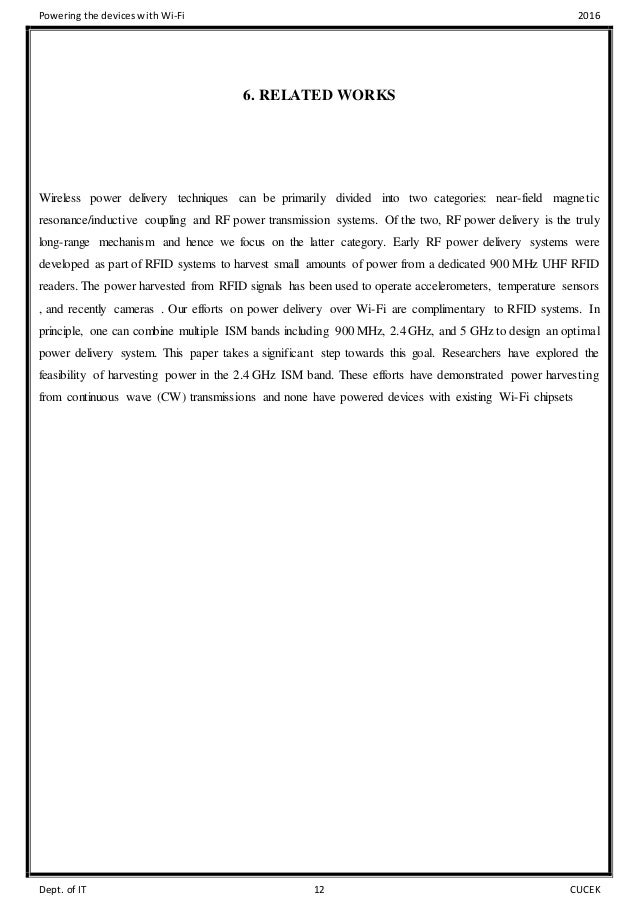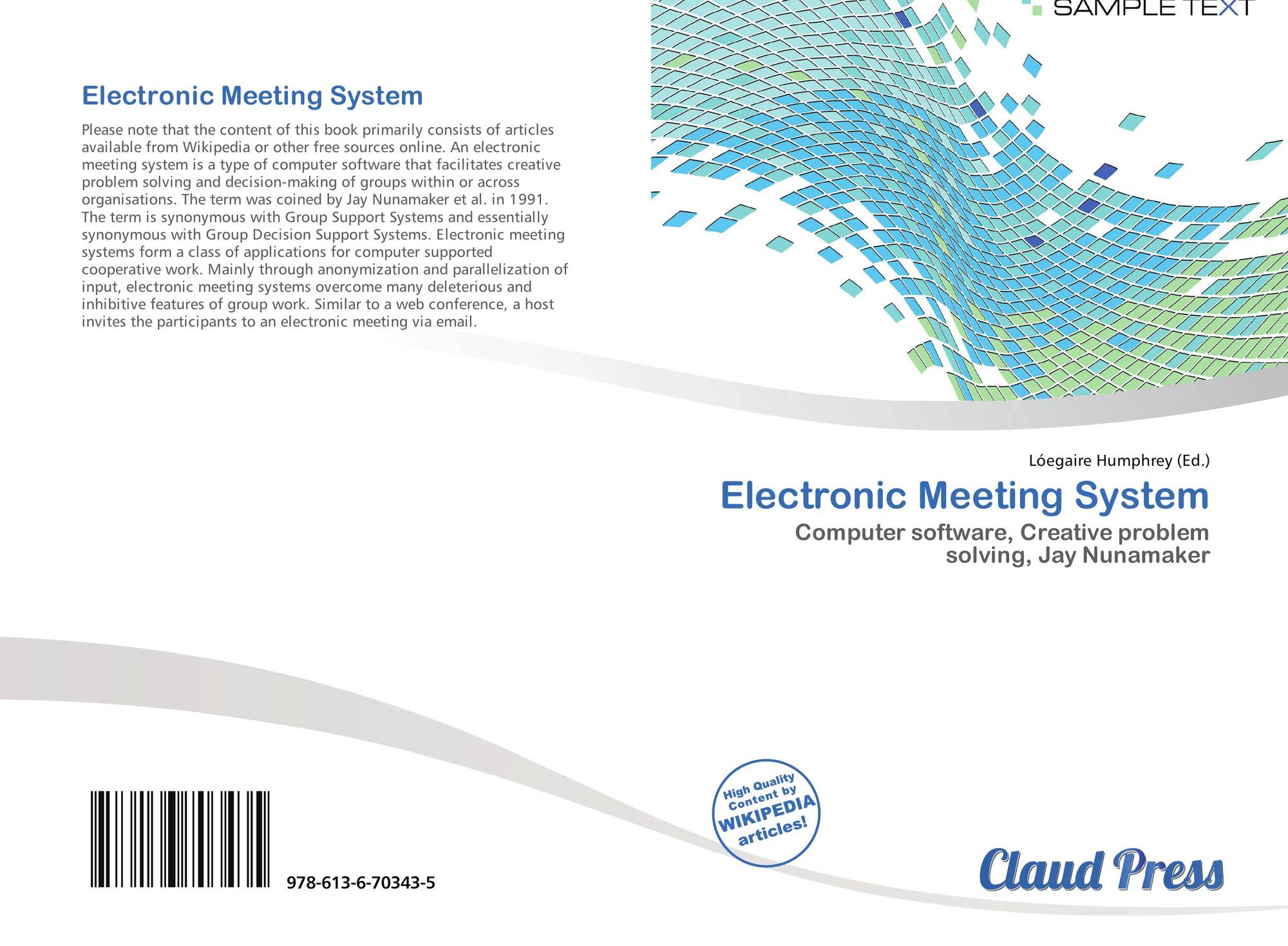Seminar Report On Rfid Pdf
Download RFID Based Library Management System seminar reports, ppt, pdf, RFID Based Library Management System Seminar Topics, Abstracts, Full Documentation, Source Code.
In just 20 years, the internet has fundamentally changed the way we live, learn, do business and entertain ourselves. What makes the internet so revolutionary is that it provides a standard way for people to connect anywhere around the world. Now, the internet is entering a new generation of Seamless Mobility, thanks to affordable mobile devices that take advantage of new options and increased coverage for wireless connectivity. Standards-based wireless technologies and infrastructure are growing at a rate that promises to completely remove all remaining barriers to truly seamless personal interaction and knowledge transfer. But even a ubiquitous wireless internet isn’t the complete fulfllment of the Seamless Mobility revolution. Today’s internet connects people to people, providing information in text, video, sound and other formats intended for use by people. The next step is to internet-enable physical objects — connecting people with things and even things with things.
The extended internet, or X-internet, will enable connectivity not just between people and their computing devices, but between actual, everyday things like windows, highways, bananas, pets, appliances and more. By enabling connectivity for virtually any physical object that can potentially offer a message, the X-internet will affect every aspect of life and business in ways that used to be the realm of fantasy — or even beyond fantasy.

But, without a doubt, the X-internet will transform lives and businesses in much more powerful ways than the PC or even today’s internet itself. Today’s internet connects people to people. Oftentimes it’s not a direct connection, but thinks about it: retail sites, databases, games, content, search engines and more are all ultimately created by people, using display formats that make sense to people, with the sole purpose of serving other people. The X-internet goes much further: it adds connectivity for physical objects, creating a wealth of new opportunities for intelligent interaction between people and things, and even between things and other things.
The next step in rFiD-based technology is tags that incorporate environmental sensing, intelligence and two-way communications. These can be incorporated today in sensor networks, mesh networks and ad hoc networks for a variety of purposes.
The ZigBee alliance is working on standards for this type of networking, and standards-based products and solutions are beginning to become available. These solutions are growing out of existing internet, wireless and remote sensing capabilities. The X-internet will build on these technologies with new innovations that provide ever-increasing connectivity for new kinds of applications. This revolution will soon spread from industrial and governmental implementations to enterprise applications and even the home and everyday life. X systems are naturally heterogeneous. Data and function must be distributable across a variety of devices.
Click to download: Download kingdom under fire the crusaders xbox iso >>> Download kingdom under fire the crusaders xbox iso kingdom under fire the crusaders.  Download Kingdom Under Fire: The Crusaders • Xbox Isos @ The Iso Zone • The Ultimate Retro Gaming Resource. Download Kingdom Under Fire The Crusaders.iso torrent from games category on Isohunt. Torrent hash: 2831d7fa7d51406550b6a3df9b5f74fcf133580f.
Download Kingdom Under Fire: The Crusaders • Xbox Isos @ The Iso Zone • The Ultimate Retro Gaming Resource. Download Kingdom Under Fire The Crusaders.iso torrent from games category on Isohunt. Torrent hash: 2831d7fa7d51406550b6a3df9b5f74fcf133580f.
This is growing in importance as our society becomes far more mobile. For example, over 300 million camera phones were sold in 2005 alone. According to Hewlett-Packard, worldwide penetration is estimated at more than a billion. Tim Kindberg is a senior researcher at HP Labs in the United Kingdom.
Kindberg and his associates imagine the camera phone operating like a computer mouse, making the camera phone easier to access mobile content. HP Labs created a camera-based code reader. Similar to scanners at the grocery store, this software enables the camera to read data-rich codes.
When scanned, the codes trigger a variety of services. For example, they can open Web content, send text messages, access help lines, or download discounts. The codes themselves can be located in newspapers, magazines, signs in stores, or even on billboards.
Dedicated plug-and-play appliances are also getting some traction in this X-enabled world scene. In 2005, a niche technology called the XML acceleration appliance began to pique everyone’s interest.
This technology moves the load of XML processing from an application server to a dedicated plug-and-play piece of hardware. X, it seems, is going to come in a variety of flavors.

In just 20 years, the internet has fundamentally changed the way we live, learn, do business and entertain ourselves. What makes the internet so revolutionary is that it provides a standard way for people to connect anywhere around the world.

Now, the internet is entering a new generation of Seamless Mobility, thanks to affordable mobile devices that take advantage of new options and increased coverage for wireless connectivity. Standards-based wireless technologies and infrastructure are growing at a rate that promises to completely remove all remaining barriers to truly seamless personal interaction and knowledge transfer. But even a ubiquitous wireless internet isn’t the complete fulfllment of the Seamless Mobility revolution. Today’s internet connects people to people, providing information in text, video, sound and other formats intended for use by people. The next step is to internet-enable physical objects — connecting people with things and even things with things. The extended internet, or X-internet, will enable connectivity not just between people and their computing devices, but between actual, everyday things like windows, highways, bananas, pets, appliances and more.
By enabling connectivity for virtually any physical object that can potentially offer a message, the X-internet will affect every aspect of life and business in ways that used to be the realm of fantasy — or even beyond fantasy. But, without a doubt, the X-internet will transform lives and businesses in much more powerful ways than the PC or even today’s internet itself. Today’s internet connects people to people. Oftentimes it’s not a direct connection, but thinks about it: retail sites, databases, games, content, search engines and more are all ultimately created by people, using display formats that make sense to people, with the sole purpose of serving other people. The X-internet goes much further: it adds connectivity for physical objects, creating a wealth of new opportunities for intelligent interaction between people and things, and even between things and other things. The next step in rFiD-based technology is tags that incorporate environmental sensing, intelligence and two-way communications.
These can be incorporated today in sensor networks, mesh networks and ad hoc networks for a variety of purposes. The ZigBee alliance is working on standards for this type of networking, and standards-based products and solutions are beginning to become available. These solutions are growing out of existing internet, wireless and remote sensing capabilities.
The X-internet will build on these technologies with new innovations that provide ever-increasing connectivity for new kinds of applications. This revolution will soon spread from industrial and governmental implementations to enterprise applications and even the home and everyday life. X systems are naturally heterogeneous.
George Roussos
Data and function must be distributable across a variety of devices. This is growing in importance as our society becomes far more mobile. For example, over 300 million camera phones were sold in 2005 alone. According to Hewlett-Packard, worldwide penetration is estimated at more than a billion.
Tim Kindberg is a senior researcher at HP Labs in the United Kingdom. Kindberg and his associates imagine the camera phone operating like a computer mouse, making the camera phone easier to access mobile content. HP Labs created a camera-based code reader. Similar to scanners at the grocery store, this software enables the camera to read data-rich codes. When scanned, the codes trigger a variety of services. For example, they can open Web content, send text messages, access help lines, or download discounts. The codes themselves can be located in newspapers, magazines, signs in stores, or even on billboards.
Dedicated plug-and-play appliances are also getting some traction in this X-enabled world scene. In 2005, a niche technology called the XML acceleration appliance began to pique everyone’s interest. This technology moves the load of XML processing from an application server to a dedicated plug-and-play piece of hardware.
X, it seems, is going to come in a variety of flavors.